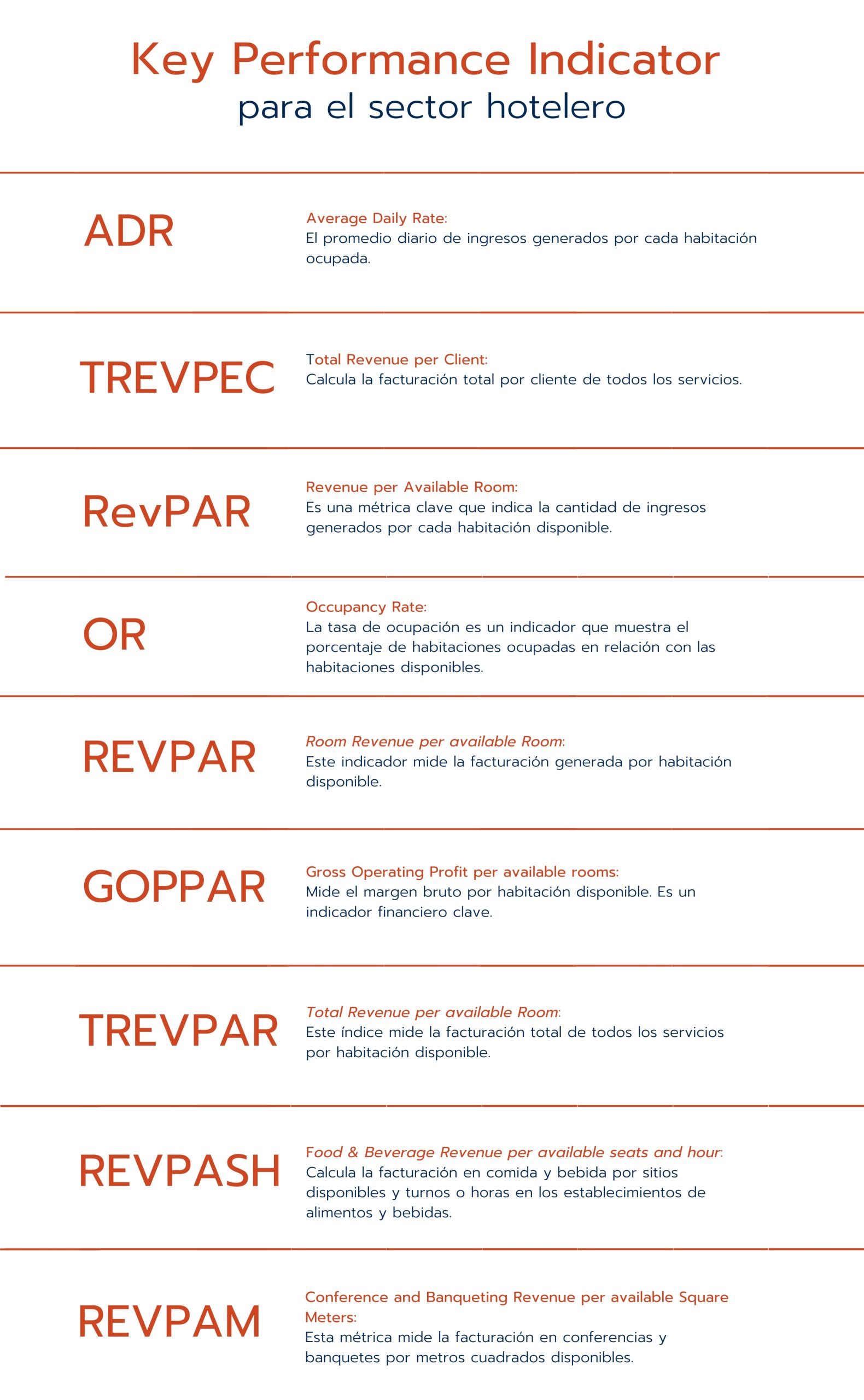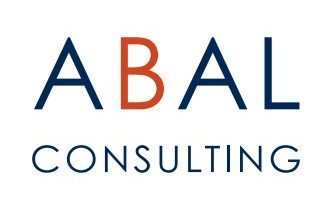In the current context of tourist accommodation, the Revenue Management plays a crucial role. This tool maximises revenue, adapts to changing demand, improves decision making and maintains competitiveness, among other things, but how do you implement a Revenue Management strategy?
What is Revenue Management?
Firstly, Revenue Management, also known as revenue management, is a strategic discipline that aims to maximise a company’s revenues and profits by efficiently managing the availability and pricing of its services. In the tourist accommodation sector, its application brings numerous benefits.
The fundamental objective of Revenue Management is to sell the right product or service, to the right customer, at the right time and at the right price. This involves analysing and forecasting market demand, understanding customer behaviour, optimising pricing and effective capacity management.
How to increase the Revenue Management of any tourist accommodation
To increase revenue management and achieve efficient management of availability and prices of the services offered, tourist accommodations can apply various techniques and strategies. These include:
Pricing strategy
Pricing strategies are a fundamental element of Revenue Management. There are several techniques that tourist accommodations can use to maximise their revenues:
- Different prices for each target: the strategy of setting different prices for different targets. is a key practice in Revenue Management that maximises revenue in tourist accommodation. Through this strategy, prices can be adapted according to the target market segment, allowing different types of customers to be targeted and their specific needs to be met. For example, some ways to implement this strategy are by establishing special group fares (offering reduced fares and attractive discounts for groups travelling together), corporate fares (establishing preferential fares for companies and employees on business travel) or family discounts (offering special fares and attractive discounts for families travelling with children).
- Different prices for different conditions: this strategy consists of setting variable prices according to the booking conditions, such as how far in advance the service has been booked, whether it is high or low season (also known as a reduction strategy), the days of the week, etc. The main objective is to optimise the revenue and occupancy of the establishment.
- Upgrading: This type of strategy consists of offering upgrading options to customers, such as superior rooms or additional services, for an additional price. It is a very effective technique to increase revenue and enhance the customer experience, for example, by offering rooms with better views or more space, access to exclusive areas, spa treatments or special activities. In implementing this strategy, it is important to clearly communicate the benefits and additional value that customers will gain from the upgrade.
- Opaque prices: offer special rates through opaque booking websites, where customers do not know the name of the accommodation until after booking. This makes it possible to fill empty rooms at reduced prices.
- Dynamic pricing: adjust prices in real time based on demand and availability, using algorithms and real-time data to maximise revenue..
- Length of stay: offer discounts for longer stays, which encourages customers to book for longer and increases occupancy of the accommodation.
- Prices per positioning: set different prices for rooms or services depending on their location within the accommodation. For example, rooms with panoramic views may have a higher price than rooms without views.
- Launch prices: offer promotional prices for new accommodation or new seasons in order to attract customers and generate initial demand.
Key Performance Indicator for the hotel sector
A Key Performance Indicator (KPI), also known as a key performance indicator, is a metric used to measure the performance and success of a specific activity. In the context of Revenue Management, KPIs are particularly relevant as they provide key information on the performance of strategies and their impact.
Some of them are:
- Average Daily Rate (ADR): the average daily revenue generated per occupied room.
- Total Revenue per Client(TREVPEC): TREVPEC calculates the total billing per customer for all services.
- Revenue per Available Room (RevPAR): is a key metric indicating the amount of revenue generated per available room.
- Occupancy Rate:the occupancy rate is an indicator that shows the percentage of occupied rooms in relation to available rooms
- Room Revenue per available Room (REVPAR):This indicator measures the turnover generated per available room..
- Gross Operating Profit per available rooms (GOPPAR): GOPPAR measures the gross margin per available room. It is a key financial indicator.
- Total Revenue per available Room (TREVPAR): this index measures the total turnover of all services per available room.
- Food & Beverage Revenue per available seats and hour (REVPASH): REVPASH calculates food and beverage turnover by available sites and shifts or hours in food and beverage outlets.
- Conference and Banqueting Revenue per available Square Meters (REVPAM): this metric measures conference and banqueting turnover per available square metres.

All the KPIs mentioned above are aimed at assessing the effectiveness of the pricing strategy and the occupancy of rooms and services. In addition, there are numerous other indicators.
Customer and market segmentation
Guest and market segmentation is a fundamental technique for tourist accommodations seeking to implement Revenue Management strategies. It consists of dividing the market into different segments or groups of customers with similar characteristics and needs, and then tailoring the offer and prices for each specific segment. This strategy allows accommodations to target their marketing and pricing efforts more effectively, thereby maximising impact and profitability.
Some common approaches to segmentation are demographic segmentation (dividing the market based on demographic characteristics such as age, gender, income or occupation), geographic segmentation (dividing the market based on customers’ geographic location), psychographic segmentation (based on customers’ lifestyles, attitudes, values and personalities) and even based on guests’ purchasing and consumption behaviour.
Demand and price forecasting
Demand and price forecasting is a crucial element for the efficient management of availability and prices in tourist accommodation. La previsión de la demanda y los precios es un elemento crucial para la gestión eficaz de la disponibilidad y los precios de los alojamientos turísticos.
Demand and price forecasting is a crucial element for the effective management of availability and prices of tourist accommodation. This allows accommodations to anticipate fluctuations in demand and adjust room availability and prices accordingly. Price forecasting, on the other hand, involves the application of analytical techniques and statistical models to determine optimal prices that maximise revenues based on expected demand. This involves considering factors such as season, length of stay, advance booking, room availability and other factors.
In this sense, Revenue Management tools become a valuable ally. These specialised revenue management software and systems enable automated and efficient data analysis, forecasting and price adjustments.
Conclusion
Revenue Management plays a key role in the success of tourist accommodation in today’s context. To implement an effective Revenue Management strategy, it is important to use appropriate pricing techniques, such as customer and market segmentation, as well as demand and price forecasting. In addition, specialised technological tools are essential to facilitate data analysis, forecasting and price adjustments. Keeping up to date with the latest trends and best practices in revenue management is key to optimising results and maintaining competitiveness in the tourism market.
Through a sound Revenue Management strategy, tourist accommodations can maximise revenue, adapt to changing demand and make decisions that ensure their long-term success.





 by
by 
